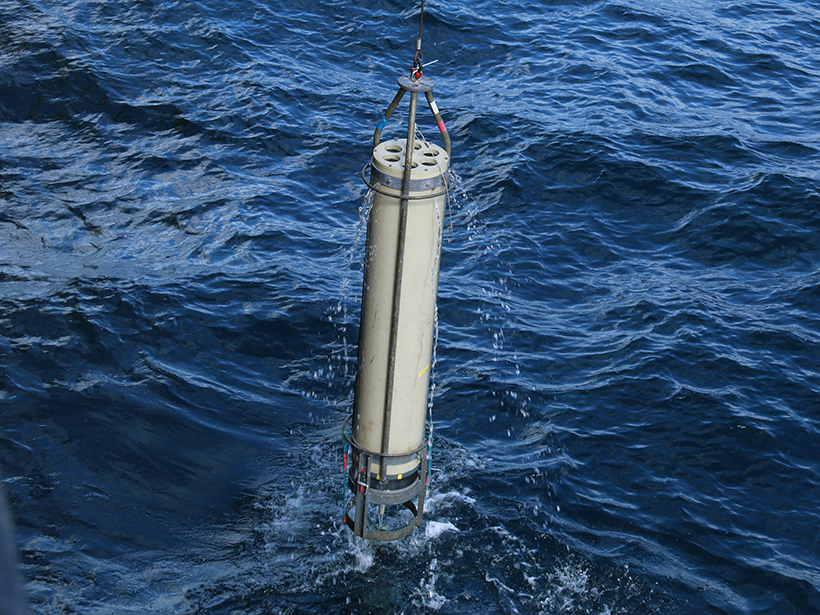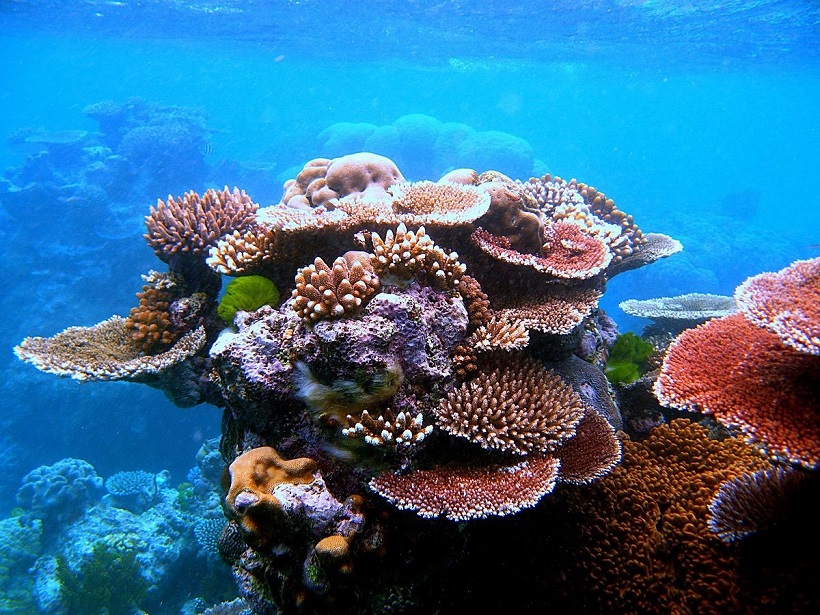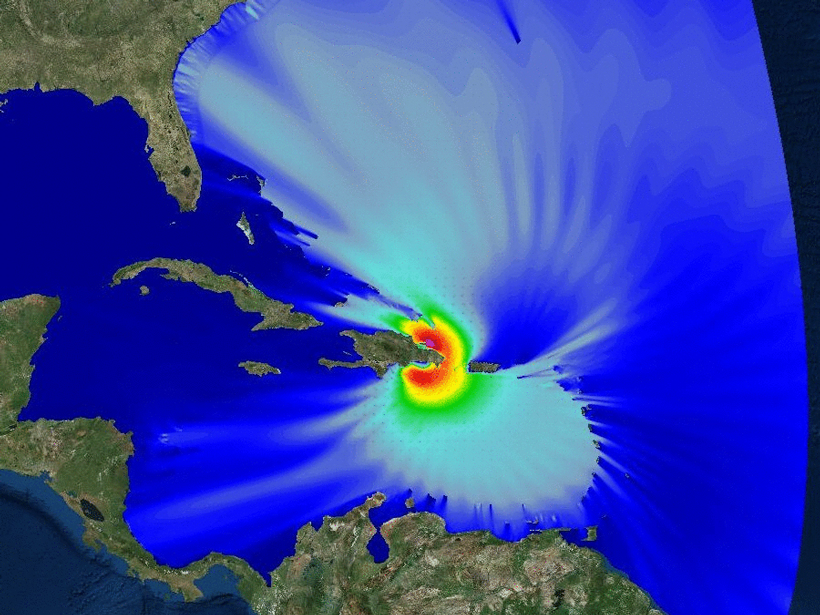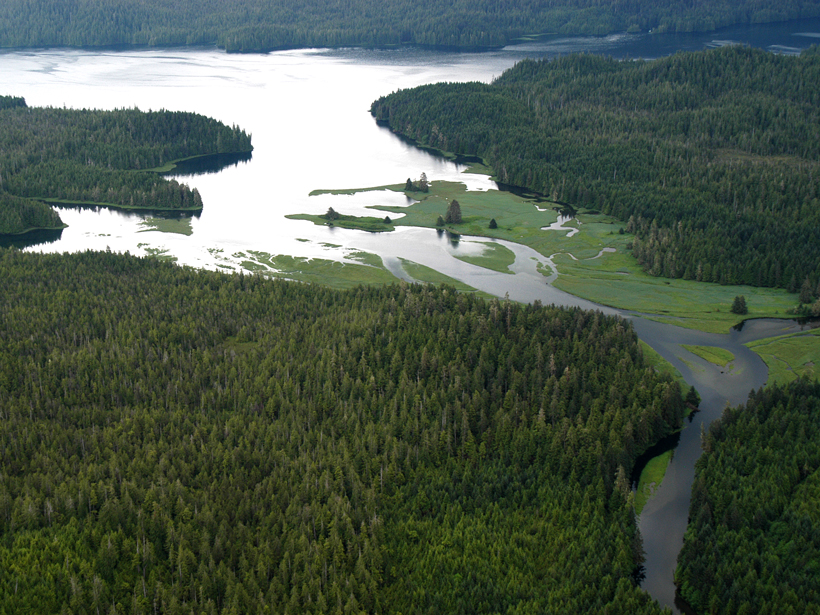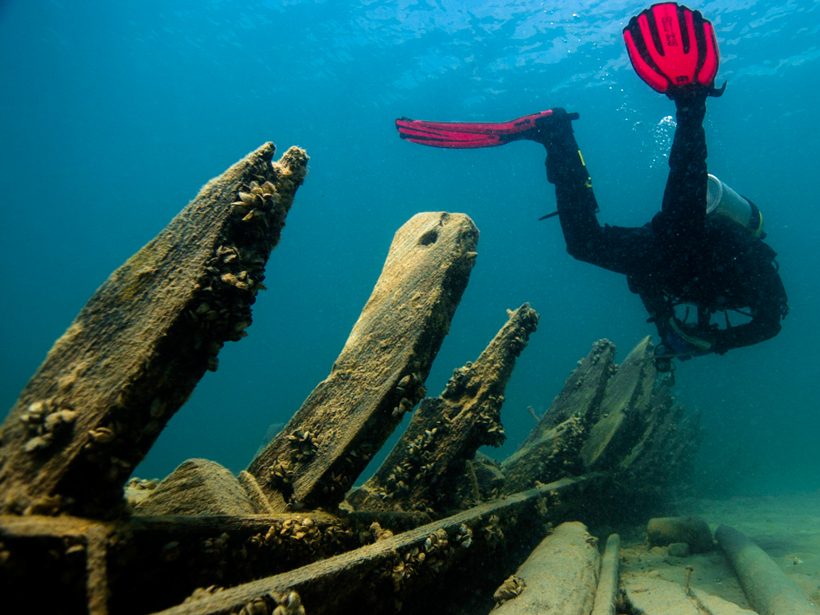Small, slow-sinking organic particles may play a bigger role than previously thought in the transport of carbon below the surface ocean.
Oceans
A Closer Look at an Undersea Source of Alaskan Earthquakes
A systematic survey offers a striking portrait of movement along a 500-kilometer-long undersea section of the Queen Charlotte–Fairweather fault off the coast of southeastern Alaska.
Preventing Climate Change by Increasing Ocean Alkalinity
A recent paper in Reviews of Geophysics discussed increasing ocean alkalinity as an alternative method of carbon sequestration in response to climate change.
A Test Bed for Coastal and Ocean Modeling
An ocean modeling program is improving our ability to predict circulation along the U.S. West Coast, dead zones and other coastal ecosystem responses, and storm surges in island environments.
Quantifying Coastal Rain Forest Carbon Transport
Aquatic Carbon Biogeochemistry of the Pacific Coastal Temperate Rainforest Region Workshop; Seattle, Washington, 7–10 February 2017
Mesmerized by Gracefully Gliding Albatrosses
Despite avian distractions and dreadful weather, a research cruise to map the seafloor off Alaska revealed new insights into the Queen Charlotte Fault.
Trump Administration Scrutinizing Protected Ocean Areas
A recently initiated review of some marine sanctuaries and monuments has conservationists worried that ecological, cultural, and other benefits from those protected areas may not be considered.
Aquatic Ecosystems in a Changing Climate
Chapman Conference on Extreme Climate Event Impacts on Aquatic Biogeochemical Cycles and Fluxes; San Juan, Puerto Rico, 22–27 January 2017
Warm Waters in West Antarctica
A recent paper in Reviews of Geophysics describes the atmospheric and oceanic processes that are causing ice loss in the Antarctic.
How Will Climate Change Affect the California Current Upwelling?
The results of new simulations that account for internal climate variability contrast with previous projections of how this vital West Coast current will respond to anthropogenic warming.

